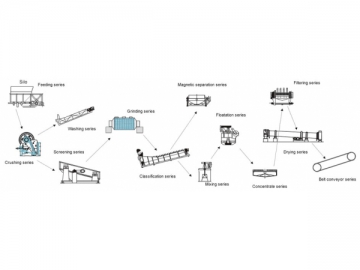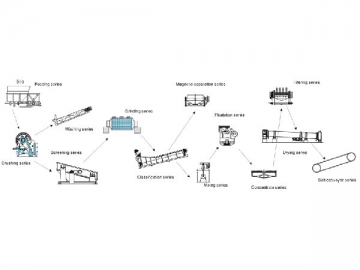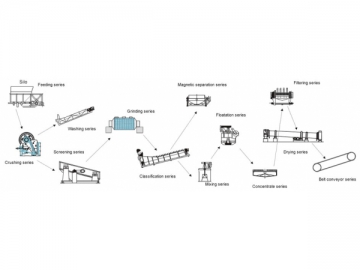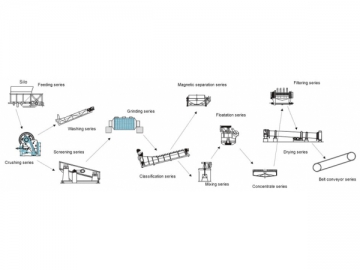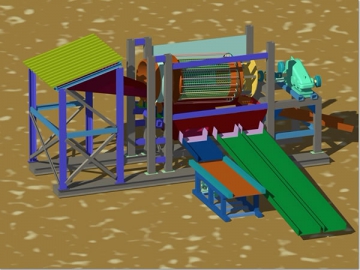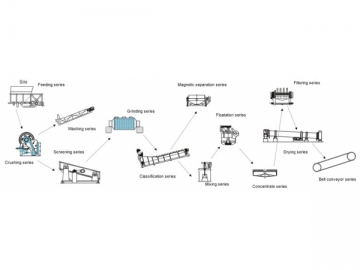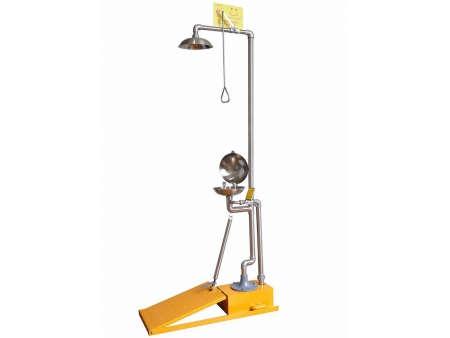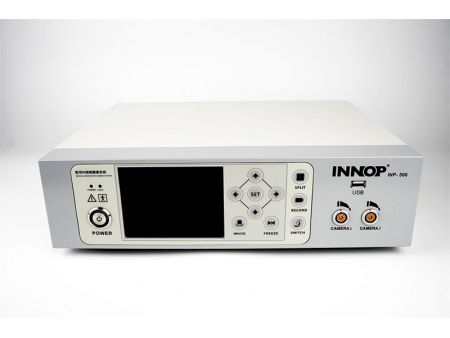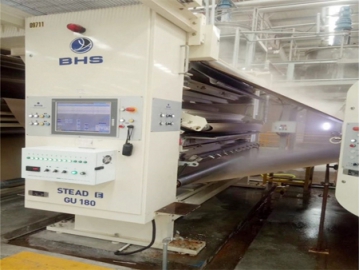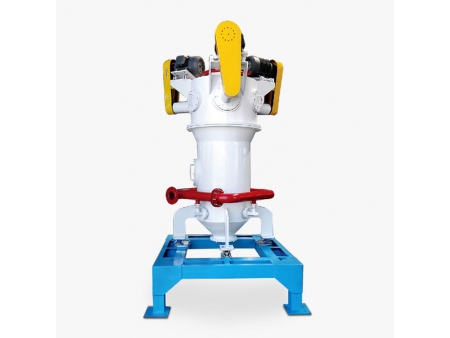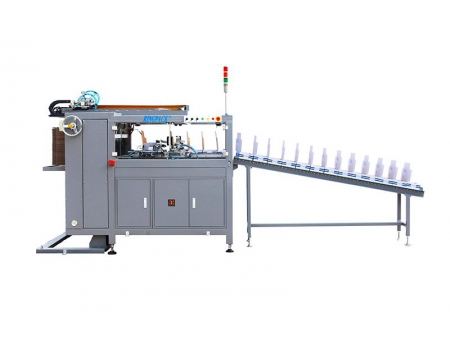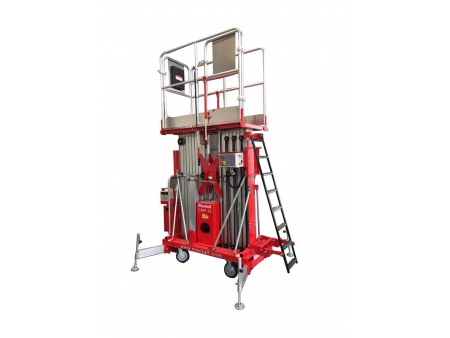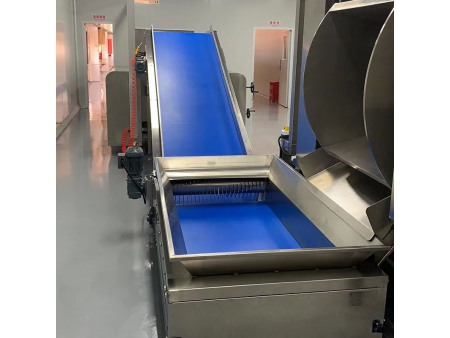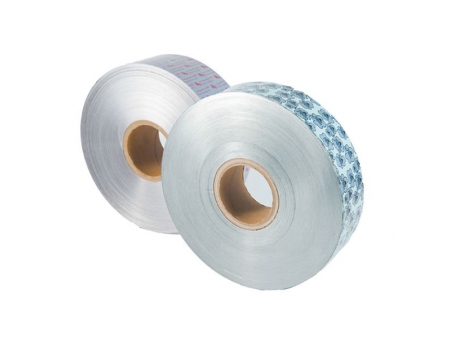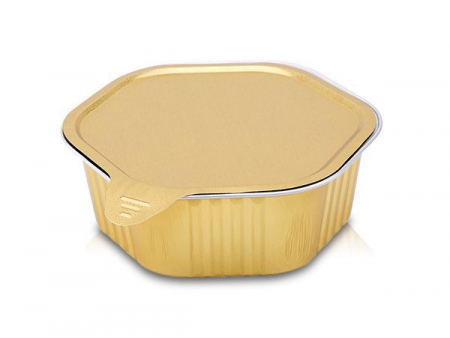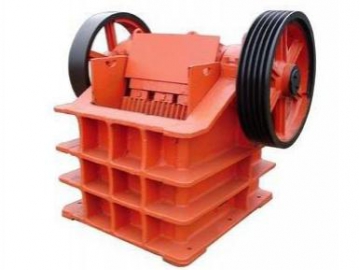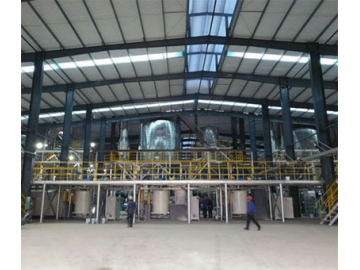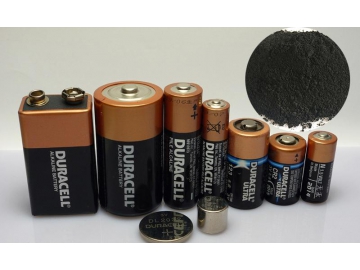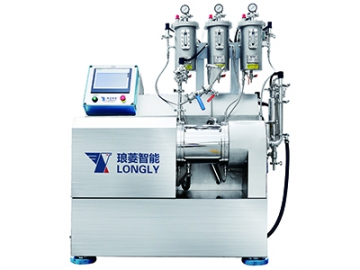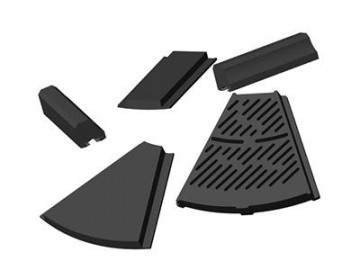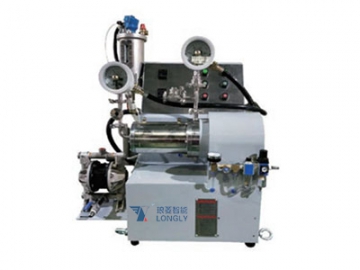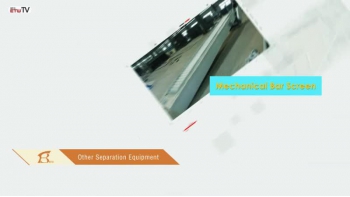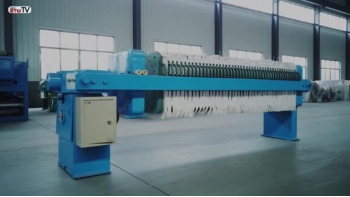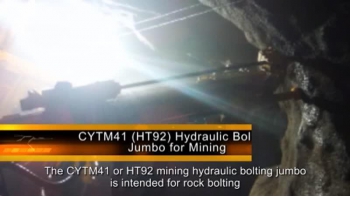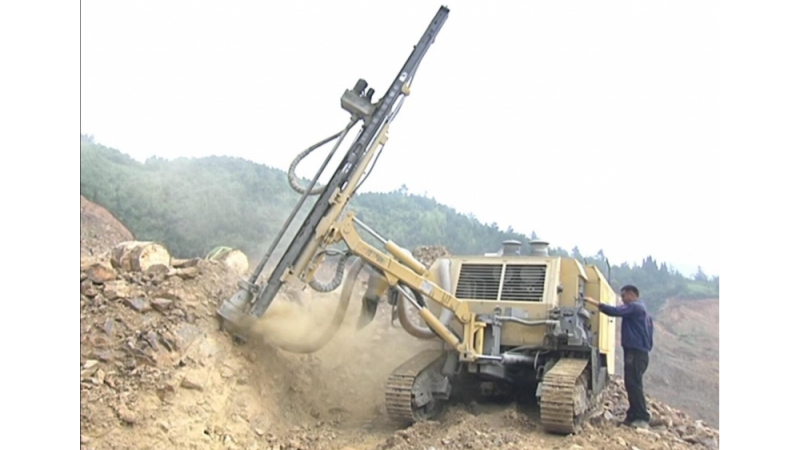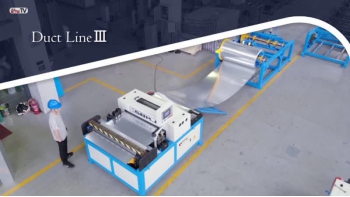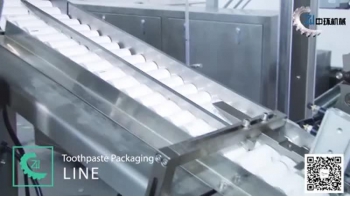Phosphate Rock Separation Line
Separation method varies from various phosphate ores with different characteristics. Commonly used methods include flotation, desliming, gravity concentration, chemical extraction, photoelectric sorting, magnetic coating and combined methods. Flotation process is the most widely used method for phosphate beneficiation.Our flotation line is even applicable for complicated phosphate which features complex structure, sophisticated occurrence relationship between minerals, small grain sizes, serious mineral paragenesis and difficulty for mineral liberation. Generally, flotation process falls into four categories which are direct flotation, reverse flotation, direct-reverse flotation and double reverse flotation.
Direct flotation process generally entails depressing the flotation of gangue minerals using certain inhibitors and gathering the phosphate minerals in the forth or foam with some collecting agents. The process is suitable for beneficiation of low-grade phosphate ores such as magmatic phosphorite and sedimentary metamorphic phosphorite mineral.
Reverse flotation is primarily used for separation phosphate from dolomite. In alkalescent medium, fatty acid collecting agent is able to recover dolomite in the foam and leave phosphate in the flotation cells. The biggest advantage of the process is that it can be conducted with room temperature. The granularity of finished product is suitable for further processing.
Generally, double reverse flotation is a process where the surface of silicate is positively charged and anionic collectors is used to separate the targeted minerals in alkaline environment. Specifically, the process involves reverse flotation of dolomite and then reverse flotation of silicate. The product remaining in the flotation cells is the concentrate ore we need. The process is suitable for treatment of large-grained minerals and it can work with room temperature.
Application Case
In a mine of Yunnan, the silica-calcia bearing phosphate featured low grade, fine grains, and tight dissemination between valuable mineral and gangue minerals. Therefore, the separation of phosphate was difficult. The dressing plant adopted direct-reverse flotation, which led to large consumption of reagents and high flotation temperature.
Later, they came to us for technical improvements. After analyzing the characteristics of the ore, our technical personnel conducted several double reverse flotation tests and succeeded. The double reverse flotation could be carried out with room temperature, thus significantly decreasing energy consumption. The new process floated the minor components to the foam and depressed the major components into the flotation cells. In addition, alkali-free reagents were utilized, which eliminated pollution and further protected the environment.
With the new flotation process, we managed to ensure the concentrate grade higher than 40 percent even though the grade of the raw ore was just 18.55 percent.
More indexes before and after improvements are given in the table below.
| Before and After Improvements | Process | Phosphate Concentrate Grade /% | Phosphate Concentrate Recovery /% |
| Before | direct-reverse flotation | 29.74 | 70.27 |
| After | double reverse flotation | 32.58 | 72.18 |

